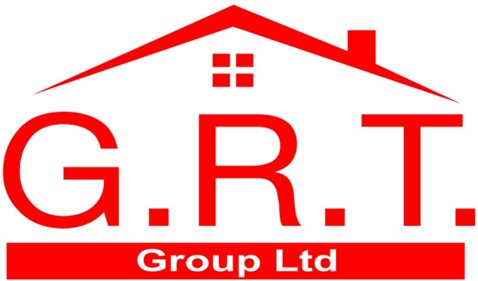Safe use of Tools and Equipment
-
Site Name
-
Conducted on
-
Presenter
-
Location
-
position
Contents
-
IINTRODUCTION
The purpose of this toolbox talk is to highlight the importance of checking your tools before use and ensuring weekly inspections are documented.
Using tools that are not fit for purpose can result in harm, not only to you as the user but also to those around you.
FACTS
Before using any tool, it is essential to ensure it is:
Fit for its intended purpose – Verify that the tool can safely and effectively perform the task required.
For example, using an impact wrench to tap open a fitting may damage the tool and result in costly repairs or replacements.
In good condition – Conduct a visual inspection of the tool. Check for:
Any visible damage to the tool or its leads.
The integrity of the casing.
Proper installation of any accessories.
For battery-powered tools, ensure the battery is fully charged and securely fitted.
Tools are regulated under PUWER (The Provision and Use of Work Equipment Regulations 1998). This regulation ensures that all equipment is:
Suitable for its intended purpose.
Regularly maintained to ensure safety.
Used only by trained individuals.
Inspected by a competent person.
DISCUSSION POINT: Ask the question
Who is responsible for compliance with PUWER?
Answer: Both employees and employers share responsibility for ensuring tools are safe and fit for use.
CONCLUSION
Before using any tool:
Inspect it thoroughly to ensure it is safe and suitable for the job.
Record weekly inspections and document findings as part of safety compliance.
Follow the manufacturer’s instructions for proper use.
Ensure the work area is safe – Check for trip hazards, water, or other risks that could lead to accidents.
Use the correct PPE as outlined in the relevant risk assessment.
By following these steps, you can reduce risks, protect yourself and others, and extend the lifespan of your tools. Always remember: Check the tool before you use it!
Signature Conformation. By signing this form, you are acknowledging the contents of the tool box talk and fully understand the reason it has been undertaken. You have had the chance to ask any questions and any answers that have been given have been fully understood by yourself.
-
Add signature
-
Add signature
-
Add signature
-
Add signature
-
Add signature
-
Add signature
-
Add signature
-
Add signature
-
Add signature
-
Add signature
-
Add signature
-
Add signature
















